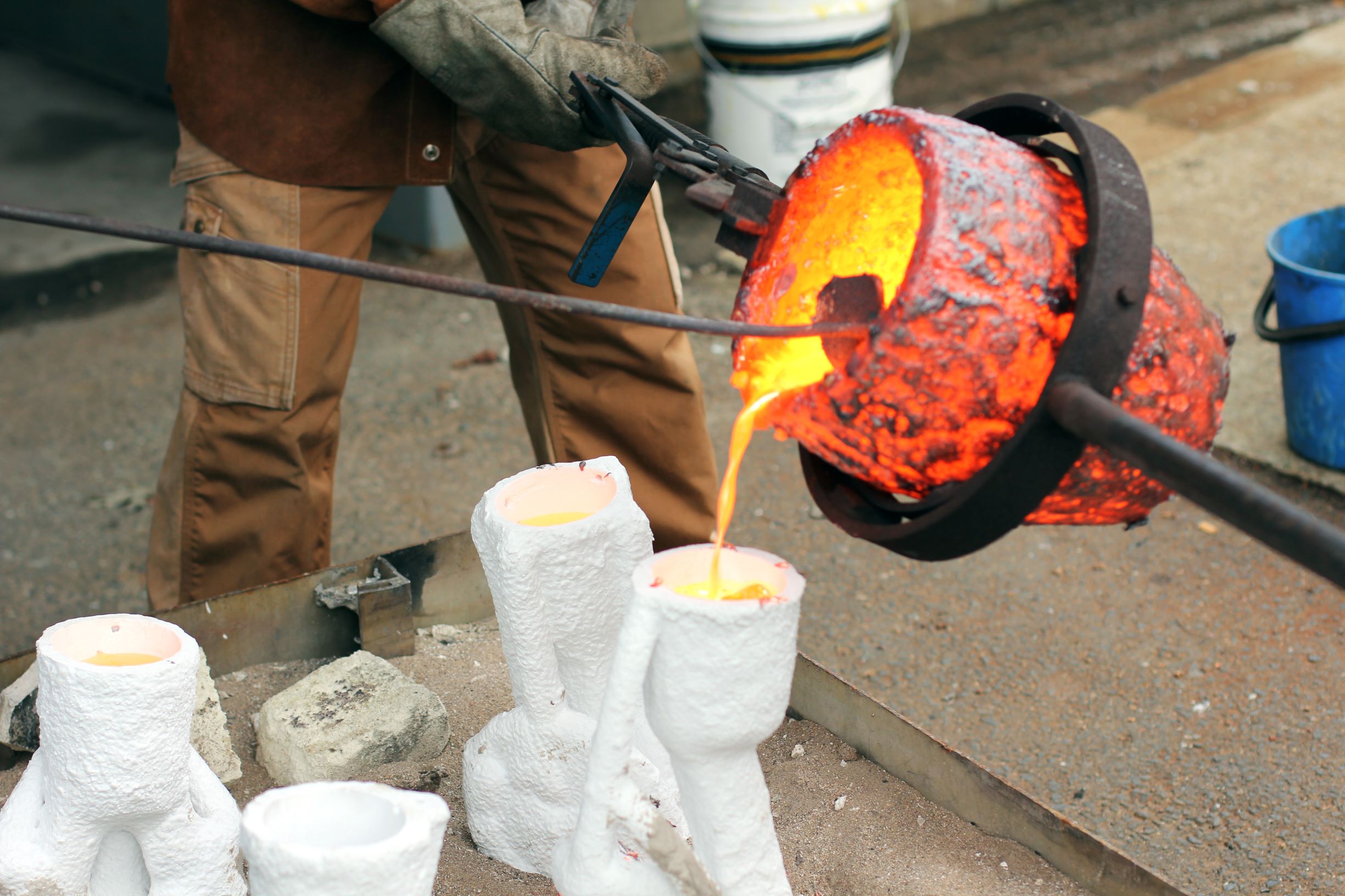
Plaster molds work in a simple enough way so let us explain. First of all, plaster comes from ground gypsum, a mineral consisting of hydrated calcium sulfate. Gypsum is one of the main ingredients, but it is also mixed with other chemicals to provide different outcomes. For example, many arts use plaster molds, including glass for slumping glass in the kiln and metal for pouring molten metal. Now we will explain casting liquid clay, also known as slip.

We have to pick a specific type of plaster called "Pottery Plaster #1"(there are other manufactures other then USG) for slip casting. As one can imagine, it is for us potters who are going to be casting with slip. The cool thing about our plaster is that after it has been mixed (7 parts H2O and 10 parts plaster by weight) and made into a mold, the plaster is always in a constant state of thirst. So when we make the mold, it will be wet and needs to dry for about 5 days depending on warmth and air movement to help speed the drying up. However, it will want to absorb any moisture that directly comes in contact with.
Let us say that we have our 2 part mold that is closed, and we have our slip prepared, so we will then pour the slip into the plaster mold. As the slip sits in the mold, it begins drying on the inside surface of the mold. As time passes, the mold continues to suck out the water from the slip and begins forming a thickness of clay on the mold wall. We time how long the slip is in the mold to have a consistent thickness every time we cast.

Every slip has different set times, but after 25 minutes have passed, we would drain out any extra slip into a bucket to reuse the slip. Then we let the slip dry in the mold for about three times as long as we left it in the mold. So that would be 75 minutes to let the slip dry to be leather hard. Then it will be strong enough to open up the mold to remove the clay. If it is not dry enough, then the clay piece inside will rip in half at the centerline of the mold.
That is it! Plaster is not too confusing on how it works. Do note that if trying to buy plaster #1, then buy it locally at a pottery supply store or a foundry supply store. Shipping this product is a silly idea. Lastly, keep in mind that plaster molds have a life span of about 200 to 300 uses before they will not function properly and will need replacing. Please go check out our molds and get to casting.

1 comment
looking for the right plaster for aluminum casting
curt wikel on